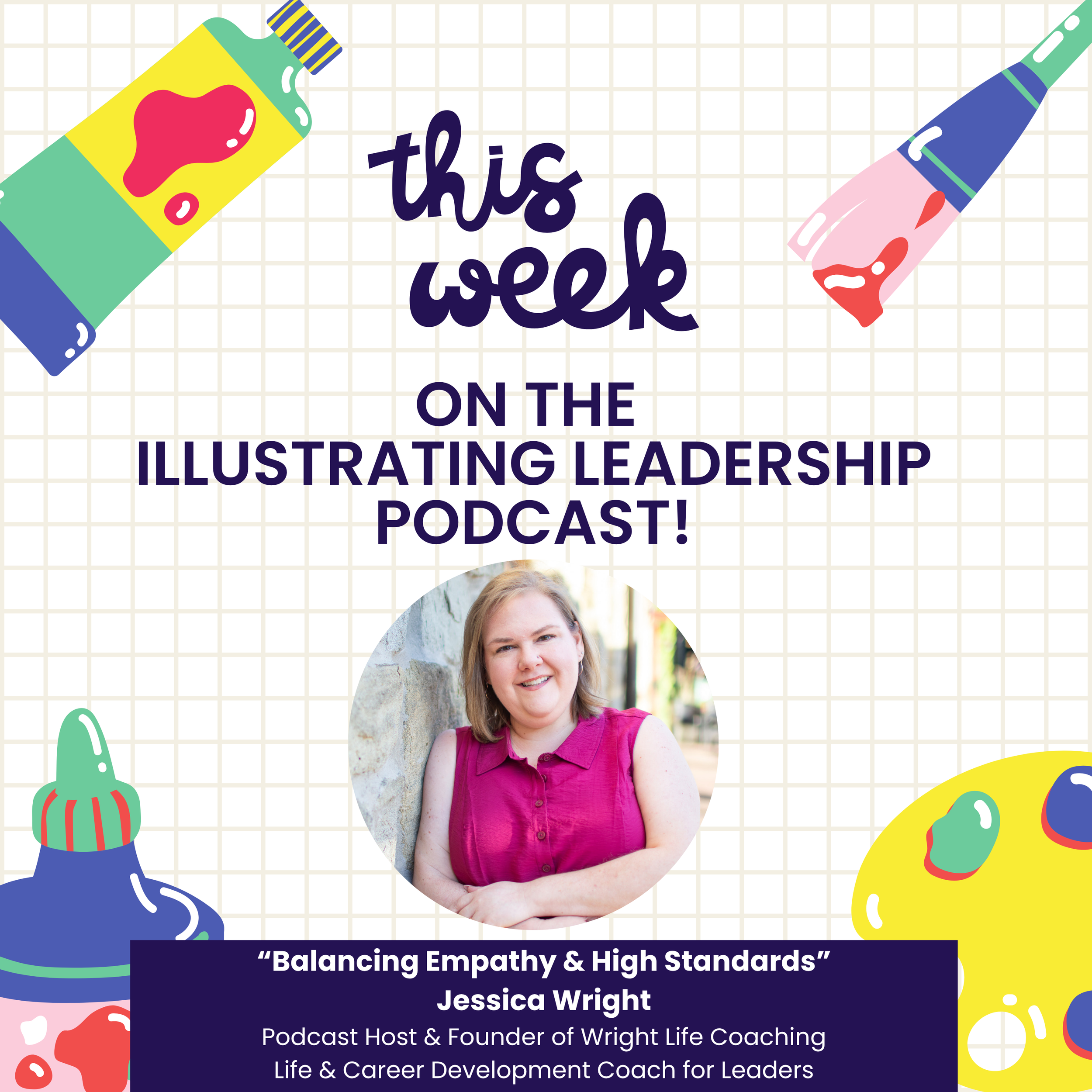Illustrating Leadership Lesson: Balancing Empathy and High Standards
Many new and emerging leaders fall into the false belief that they have to choose between being compassionate or being effective. They worry that being too empathetic will make them seem weak or that prioritizing results will make them seem cold. But the truth is, empathy and excellence aren’t opposites — they’re partners.
Compassionate leadership isn’t about being everyone’s best friend or avoiding hard conversations. It’s about leading with humanity, seeing the whole person behind the work, and creating psychological safety so your team feels safe to speak up, make mistakes, and grow. It’s leadership that says: I see you, I value you, and I believe in your ability to succeed.
When people feel supported, they don’t take advantage of it — they rise to meet it.
Lessons from Parks and Recreation
If you’ve ever watched Parks and Rec, you might remember the episode where Chris, Ron, and April each try their own “management experiment” with Jerry. Chris thinks kindness will motivate him, while Ron thinks fear will do the trick. Chris’s results? Fewer completed files — because Jerry spent most of the day on the phone telling his wife how nice his boss was. Ron’s? A mountain of files, most of them wrong.
The takeaway? Neither extreme works. Leadership isn’t about coddling or controlling — it’s about clarity and care working together.
Finding the Sweet Spot Between Empathy and Performance
The tension between empathy and accountability usually shows up in two ways:
Leaders who over-index on empathy may avoid giving feedback, lower expectations, or shy away from conflict.
Leaders who over-index on performance may push results so hard that morale and retention suffer.
Neither approach works long-term. Great leadership lives in the balance — where expectations are clear, accountability is consistent, and compassion fuels growth rather than avoidance.
Practical Ways to Lead with Compassionate Effectiveness
Here are three strategies I recommend to help you hold both empathy and high standards in your leadership:
Name the Standard and the Support.
When communicating expectations, be specific — and pair your standard with belief in your team’s ability.“This project has a tight timeline. I know it’s a stretch, but I believe you can do it, and I’m here to support you if challenges come up.”
Give Feedback from a Place of Belief, Not Judgment.
Feedback is not criticism — it’s a vote of confidence. Try:“I noticed you rushed through your ideas in the meeting, but your perspective is valuable. Let’s work on slowing down so your ideas really land.”
Let Your Values Drive Your Decisions.
If compassion is one of your values, don’t hide it. Let it inform your leadership style, your communication, and how you handle challenges. When your values and actions align, your team will feel it — and trust you more deeply because of it.
Why Compassionate Leadership is Strategic, Not Soft
Leading with compassion doesn’t make you less effective — it makes you more sustainable. It builds loyalty, engagement, and resilience. It allows you to stay grounded when challenges arise and to lead teams that don’t just perform, but thrive.
You don’t have to choose between empathy and excellence. You can be both kind and clear, supportive and direct, compassionate and effective. That’s not a compromise — that’s what great leadership looks like.
Your host, Jessica Wright, is a Life & Career Development Coach for Leaders and the Founder of Wright Life Coaching, LLC. You can connect with and follow her on LinkedIn.
